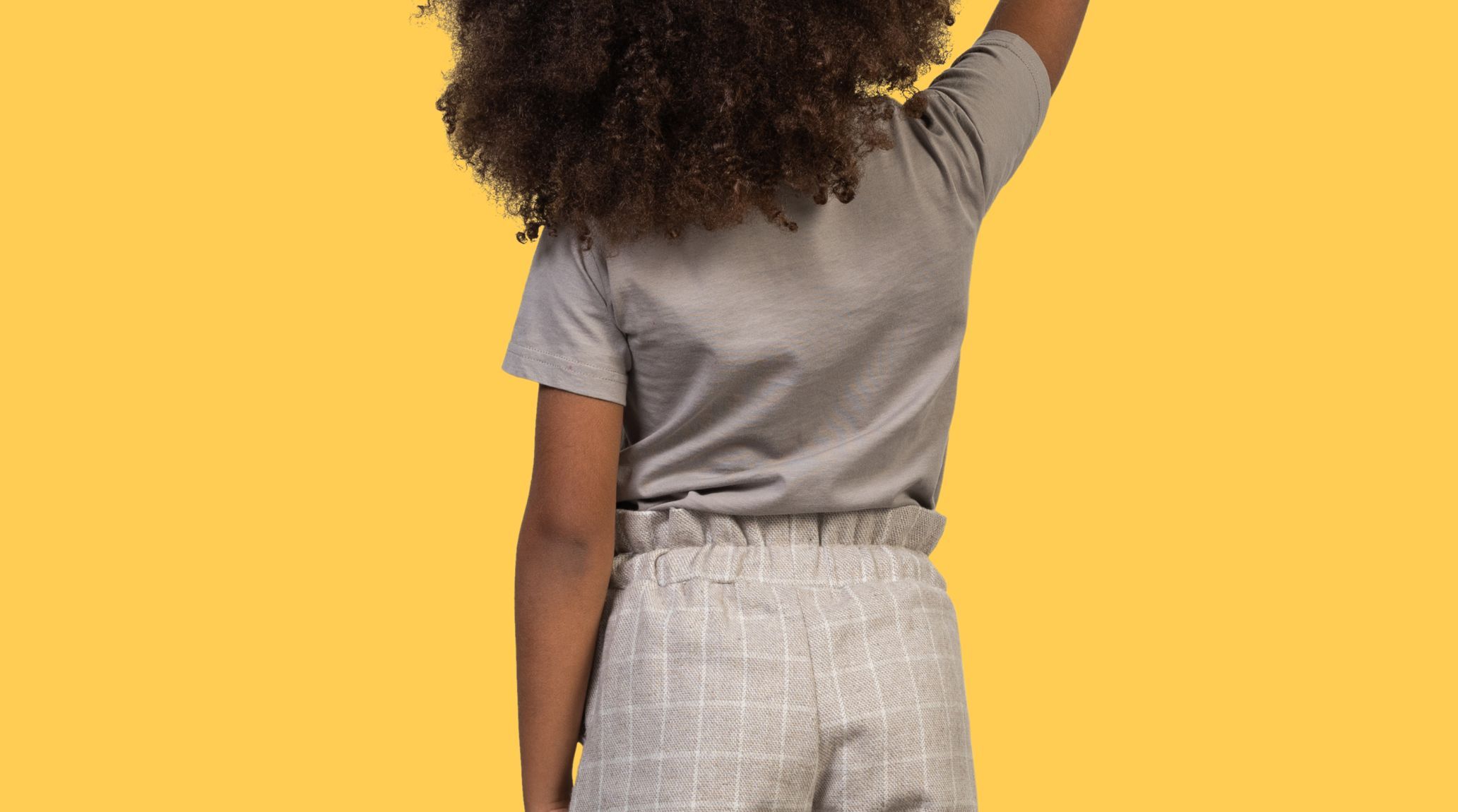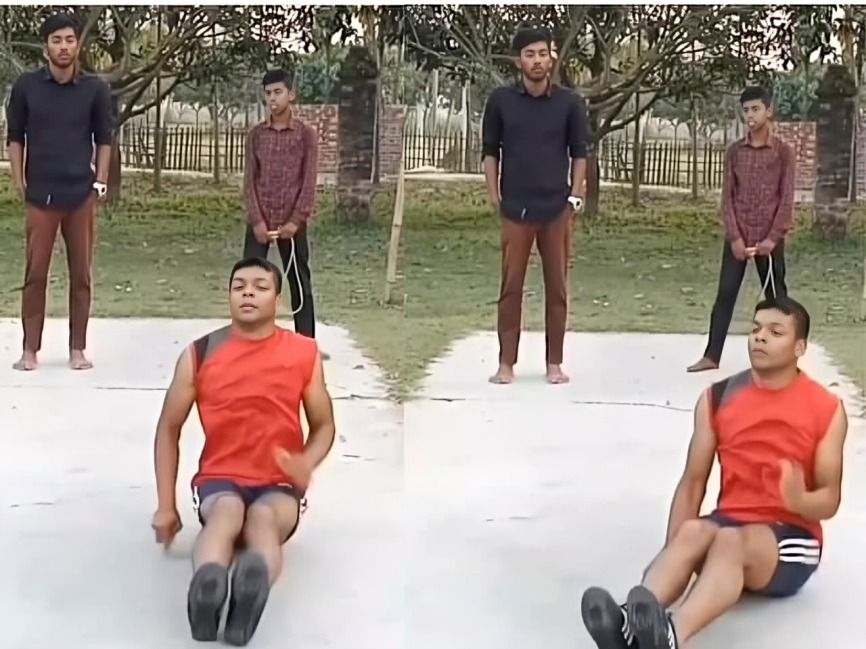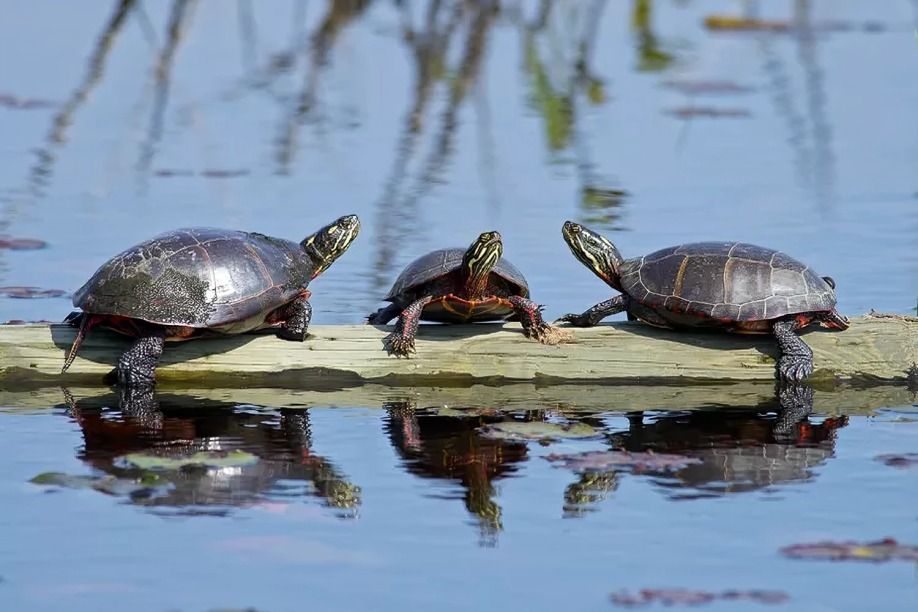
“
The human body is full of interesting parts, and the buttocks are no exception. Wondrous buttocks facts reveal the many roles and functions of this fascinating body part. From being home to the largest muscle in the body, the gluteus maximus, to aiding in everyday movements like walking, running, and dancing, the buttocks play a crucial role in our daily lives. Get ready to explore and understand the wondrous buttocks facts that make this part of the body so special!1
1
”
Women tend to have bigger butts than men due to estrogen, which directs fat to the buttocks instead of the stomach. This fat distribution contributes to women's longer lifespans by reducing the risk of heart disease. 1
A 2008 study indicated that women with larger hips and butts tend to perform better on cognitive tests, possibly due to omega-3 fatty acids stored in these areas. These fatty acids are crucial for brain development and function. 2

MD. Rasel Islam holds the record for the most bum skips in 30 seconds, achieving an impressive 117 skips in Thakurgaon, Bangladesh, on 13 March 2022. His dedication to breaking records showcases his incredible agility and endurance.
Farts consist mostly of swallowed air and gases like nitrogen and methane. Despite their reputation, 99% of farts are odourless, with the smell coming from hydrogen sulfide produced by bacteria acting on undigested food. 3
Another Record, Md. Rasel Islam also set the record for the most bum skips in one minute, with a remarkable 160 skips, recorded in Thakurgaon, Bangladesh, on 20 May 2021. This achievement highlights his consistent practice and skill. 4
Running plays a crucial role in human evolution, shaping our butt muscles. The fat stored in butt cheeks not only aids in running but also provides comfort when sitting, making them essential for both movement and rest. 5
The most Korean bum bounces on a slackline in one minute is 29, a record set by Lukas Irmler in Beijing, China, on 9 December 2012. This feat requires exceptional balance and control on a narrow, flexible surface. 6
Samuel Jackson set the record for the fastest 20-meter bum scoot, clocking in at 20.41 seconds, at the Guinness World Records Unleashed Arena in Times Square, New York, USA, on 6 November 2013. This record demonstrates his impressive speed and coordination. 7
The use of robotic systems in buttock surgeries allows for minimally invasive procedures with higher precision. Robotic arms provide enhanced control and flexibility, leading to quicker recovery times and reduced risk of complications. 8
Science suggests there's an ideal "attractive" butt curve of around 45.5 degrees, based on spinal structure. According to a University of Texas study, this angle helped balance weight during pregnancy. However, preferences vary, and personal opinions can differ significantly. 9
Strengthening your glutes and hips can alleviate lower back pain more effectively than focusing solely on spinal exercises. Strong glutes help distribute the load more evenly across your body, reducing strain on the lower back. 10
Strong glutes play a crucial role in maintaining good posture. They help support the pelvis and lower back, preventing excessive spine arching and contributing to a balanced and upright stance. 11
The gluteus maximus, the largest muscle in the human body, is located in the buttocks. It is essential for movement, balance, and generating power, contributing significantly to activities like walking, running, and maintaining posture. 12
Buttock lifts have seen a notable increase in demand, with procedures growing from 1,356 in 2000 to 4,767 in 2015, according to the American Society of Plastic Surgeons. This trend reflects changing beauty standards and the influence of celebrities. 13
The most popular butt augmentation in the U.S. is fat grafting, where fat from areas like the abdomen is transferred to the buttocks. In 2017, 20,301 such procedures were recorded, a 10% increase from the previous year. 14

Some turtles, like the Eastern painted turtle, can breathe through their butts, a fascinating evolutionary adaptation for energy conservation. This ability allows them to survive in low-oxygen environments during hibernation.
A species of horsefly named Scaptia beyonceae was named after Beyoncé in 2012 due to its distinct golden butt. This tribute reflects the fly's unique appearance and the cultural impact of the pop star. 15
Advances in 3D printing technology have revolutionized buttock implants, allowing for custom-made implants that match an individual’s specific anatomy. This personalization enhances comfort, aesthetics, and functionality. 16
The first buttock surgery, or gluteal augmentation, began in the early 20th century with silicone implants to enhance shape and size. Modern methods now use fat grafting and advanced materials, offering improved safety and results for buttock enhancement. 17
Gluteal amnesia, or "dead butt syndrome," occurs from prolonged sitting or lack of exercise but can be fixed with activities like squats and lunges. Strengthening the glutes can prevent lower back pain and improve overall mobility. 18


